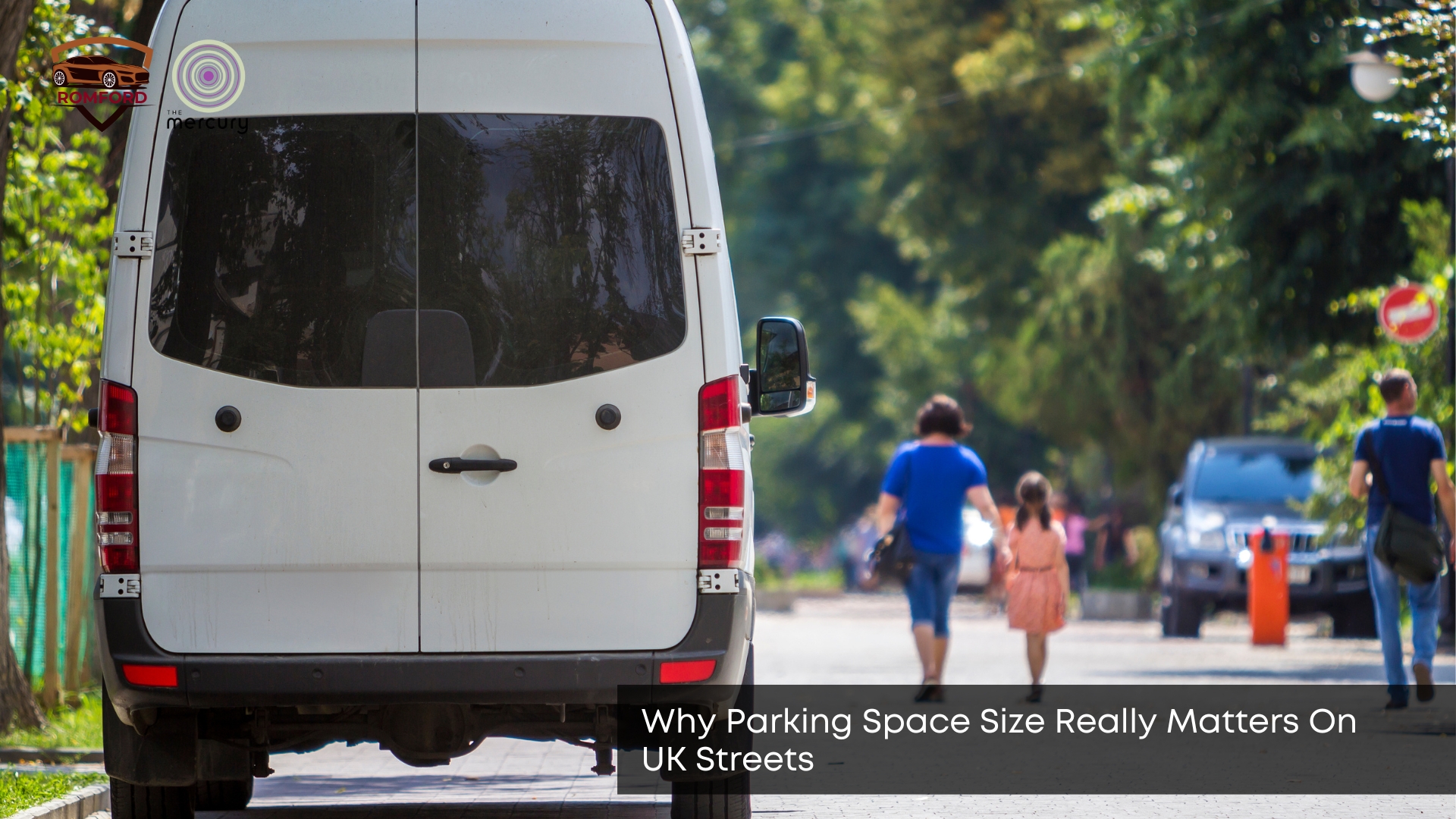Parking on UK streets can be stressful, especially when spaces seem just a bit too small. Many drivers don’t realise how much the size of a parking space affects their everyday driving experience. From dents and fines to failed manoeuvres, a poorly sized spot can cause more than a headache. This article explains why space size matters and how you can park smarter. Let’s begin with the basics of why this matters so much.
Why Does Parking Space Size Matter on UK Roads?
Parking space size matters because it directly affects how easily and safely a car can be parked in a spot. A space that’s too tight can lead to door damage, mirror scrapes or blocked visibility. UK roads, especially in older towns and cities, were not designed with the modern widths of vehicles in mind. Smaller spaces increase stress and slow down traffic as drivers attempt to manoeuvre. But as we’ll see next, it’s not just the spaces that are changing.
How Does Vehicle Size Affect Fit and Safety?
Vehicle size affects fit and safety because today’s cars are wider, longer, and bulkier than in the past. Many family cars now resemble small SUVs, and even compact models can be a tight squeeze in older car parks. If your car overhangs or straddles a bay, it risks fines or blocking others. Safety becomes an issue when a lack of clearance causes visibility problems during exit. The root issue often comes down to the fixed nature of UK parking dimensions.
What Are the Standard Dimensions of a UK Parking Space?
The standard UK parking bay is typically 2.4 metres wide and 4.8 metres long. However, local councils and private car parks may vary these sizes depending on available space. These dimensions were set years ago, back when cars were significantly narrower. Most bays also don’t take into account wider mirrors or doors opening fully. This outdated sizing becomes even more apparent as we examine how car models have evolved.
Are Modern Cars Too Big for Traditional Spaces?
Yes, many modern cars are too big for traditional spaces. Popular models, such as SUVs, electric vehicles, and crossovers, often exceed the 2.4-metre width once parking bays are taken into account. Add in mirror extensions or parking between two larger cars, and the available room shrinks fast. This mismatch between the car and the space can lead to minor collisions or difficulty opening doors. It’s a growing issue that also links to local planning rules.
What Risks Come from Small or Tight Parking Spots?
The risks include damage to your car, other vehicles, or even personal injury. Tight spots make it difficult to exit or enter safely, and a misjudged turn can lead to costly repairs. Visibility is also reduced, increasing the risk of accidents when reversing or manoeuvring. Beyond the physical risks, the stress and wasted time caused by tight parking also add up. This pressure often results in rule-breaking or rushed decisions, which leads us to enforcement.
How Do Poorly Sized Spaces Lead to Parking Fines?
Poorly sized spaces lead to parking fines when your car doesn’t fully fit within the bay. Overhanging into adjacent bays or obstructing pathways can trigger penalty notices from councils or private operators. Even if your car appears to fit, crossing the painted line may result in enforcement action. Fines are not always obvious until days later when the penalty arrives in the post. These issues are often influenced by the rules set by local councils and developers.
What Role Does Local Council Planning Play?
Local councils set the standards for public street parking and regulate new developments. Unfortunately, many still follow old guidelines based on smaller vehicles. Planning authorities may also limit bay size to fit more cars into crowded spaces, prioritising quantity over quality. Council car parks often lack wider bays unless they are marked for disabled use. This makes it important for drivers to be aware of these limitations before parking in certain areas.
How Can You Check if a Space Is the Right Fit?
You can check by assessing the bay’s dimensions compared to your vehicle’s width and length. Examine the spacing between vehicles and obstacles, such as pillars, and determine if you can fully open your door. Use mirrors and parking sensors to help gauge the available space before making a commitment. If it feels too tight, it’s best to move on rather than risk a bump or scrape. For certain vehicles, considering larger designated bays might be a more practical choice. For safe choices every time, see this guide on Romford car parking advice.
Are There Rules for Accessible and Oversized Vehicles?
Yes, there are specific guidelines for accessible and oversized vehicle bays. Disabled parking bays are typically wider to accommodate extra door clearance and the use of mobility aids. Commercial vans or long estate cars should ideally park in designated oversized bays or off-street locations. Misusing a bay designed for special use can result in penalties. As with all parking choices, being aware of these markings helps reduce confusion and avoids taking the wrong spot.
Can You Request Larger Parking Bays Near Your Home?
You can request changes, but approval depends on your local council’s policy and the availability of space. Some councils allow residents to petition for wider bays, particularly if larger vehicles are commonly used in the area. Those with mobility issues may also apply for disabled bay markings. For flexible locations, view available Romford short stay options. While success varies, awareness and community demand can drive updates. These updates often shape future parking strategies.
What’s the Future for Parking Space Design in the UK?
The future points to flexible, larger, and technology-supported parking spaces. Newer developments and smart car parks are adapting to the sizes of electric vehicles, wide-opening doors, and vehicle sensors. Painted lines are being adjusted and more dynamic layouts are being trialled in high-traffic zones. As public pressure and vehicle sizes increase, we can expect to see reforms in parking regulations. Until then, choosing the right bay remains your best option.
How to Make Better Parking Choices Going Forward
To make better parking choices, start by understanding your car’s dimensions and looking ahead before pulling into a space. Not all bays are created equal, so assess clearance, visibility, and accessibility before making a commitment. When in doubt, opt for open or end spaces that give more room to manoeuvre. Awareness of space size and planning rules will help you avoid accidents, stress, and fines. With that knowledge, you can park with more confidence and peace of mind. For legal pointers, see this post on car insurance and parking laws.


Leave a Reply